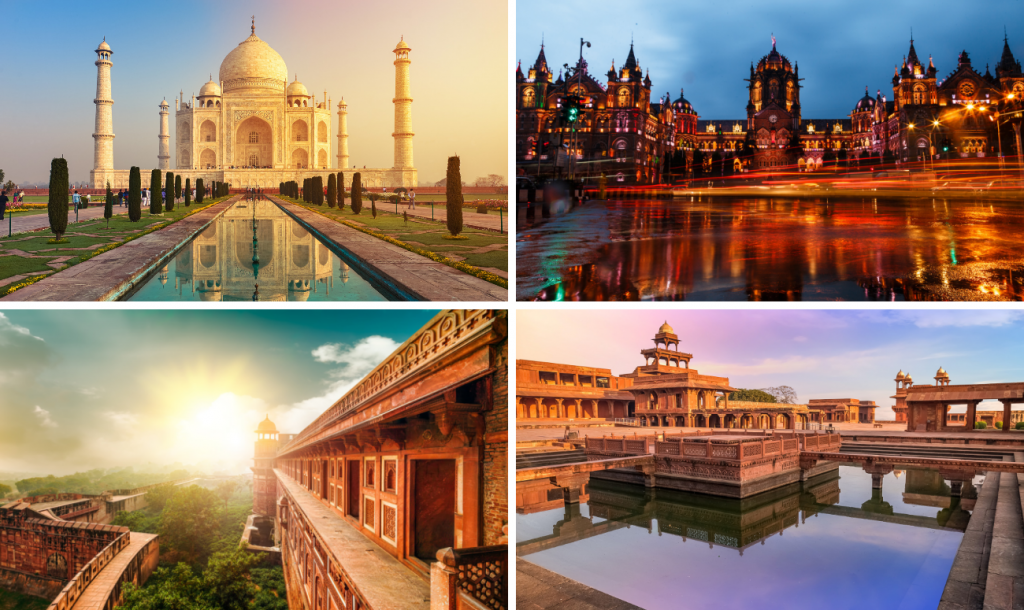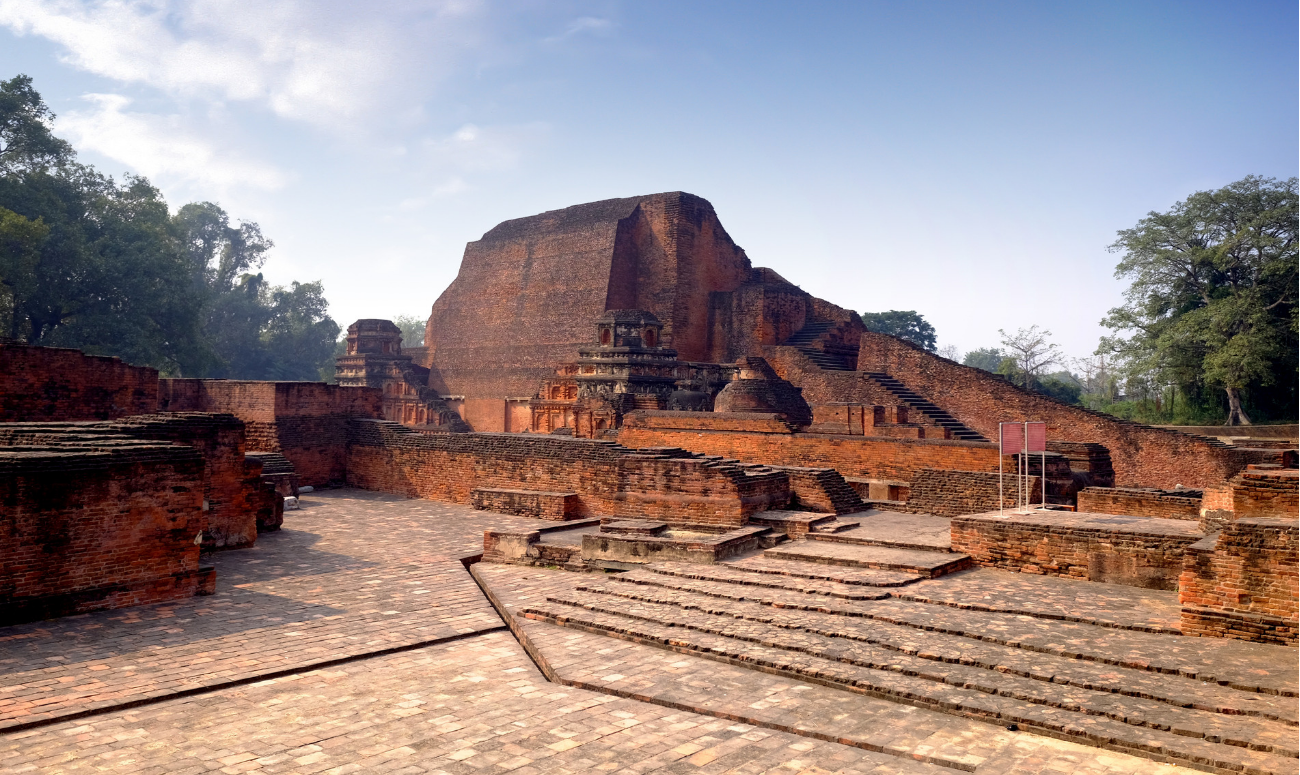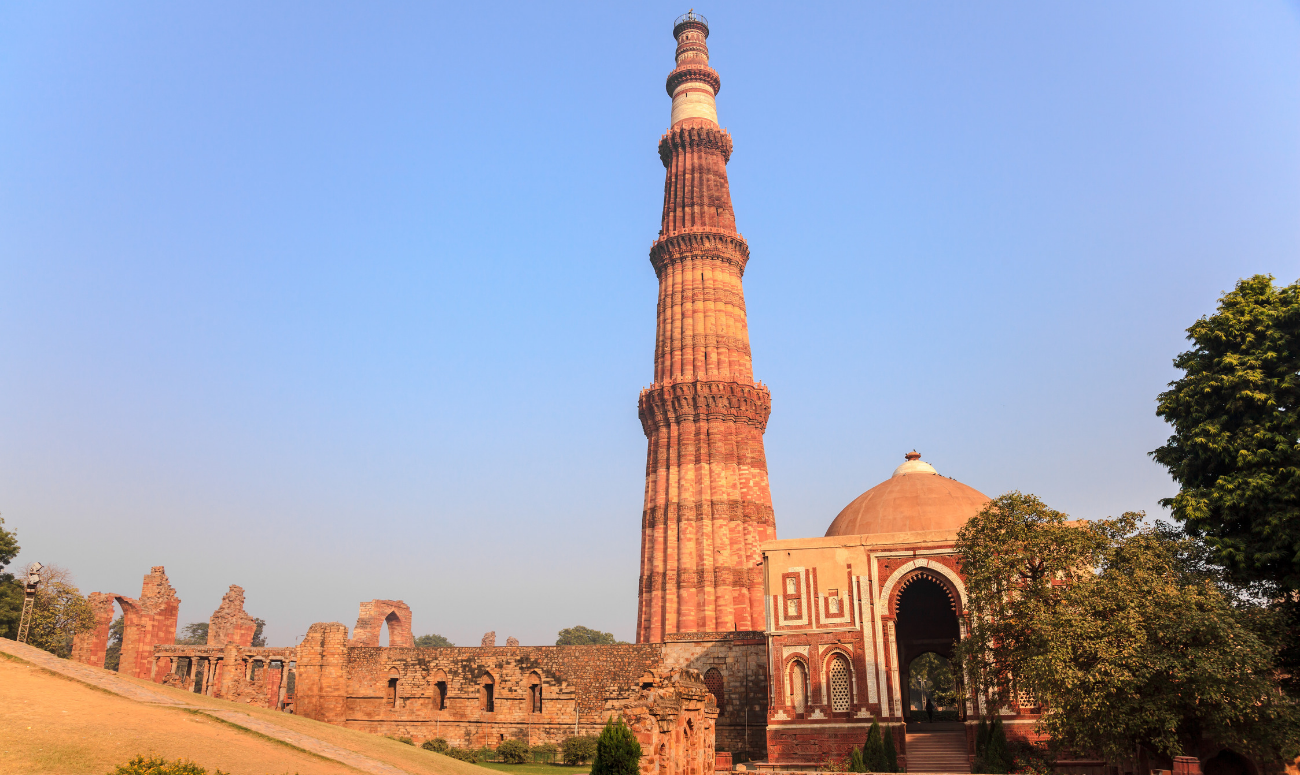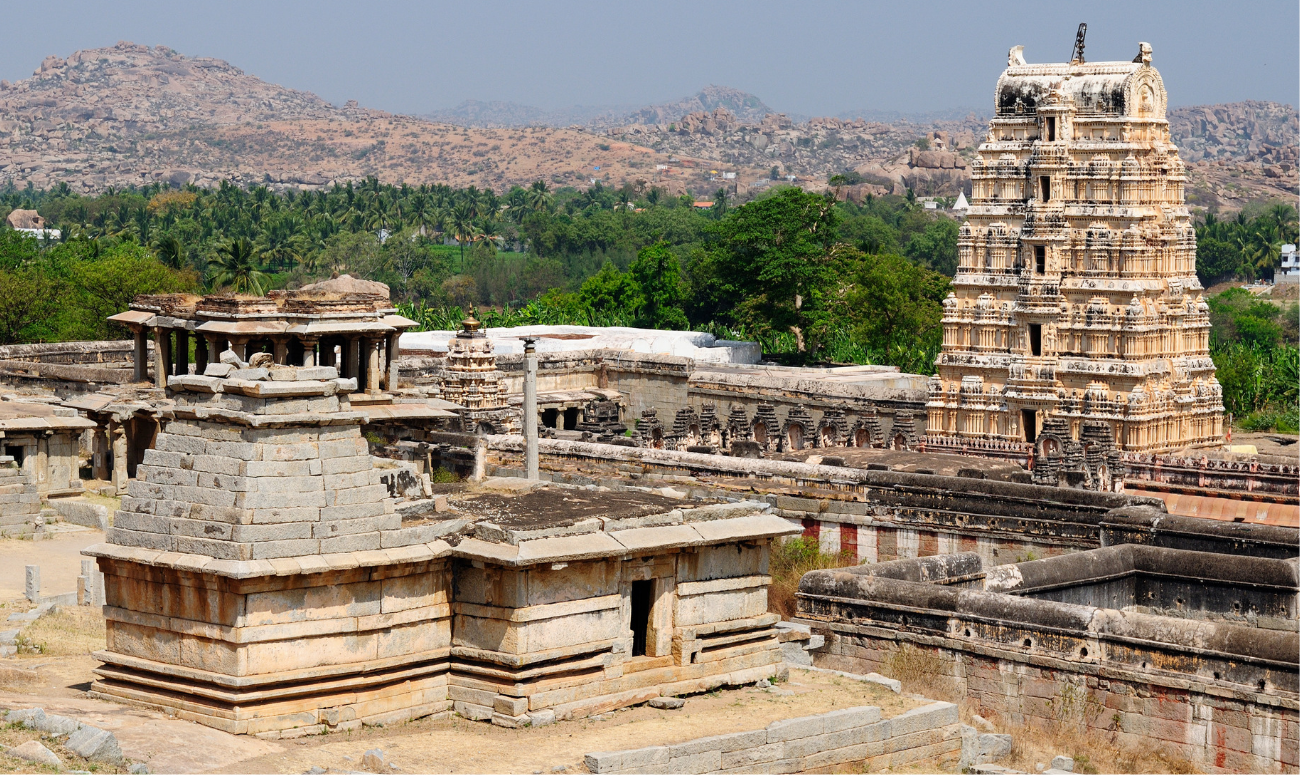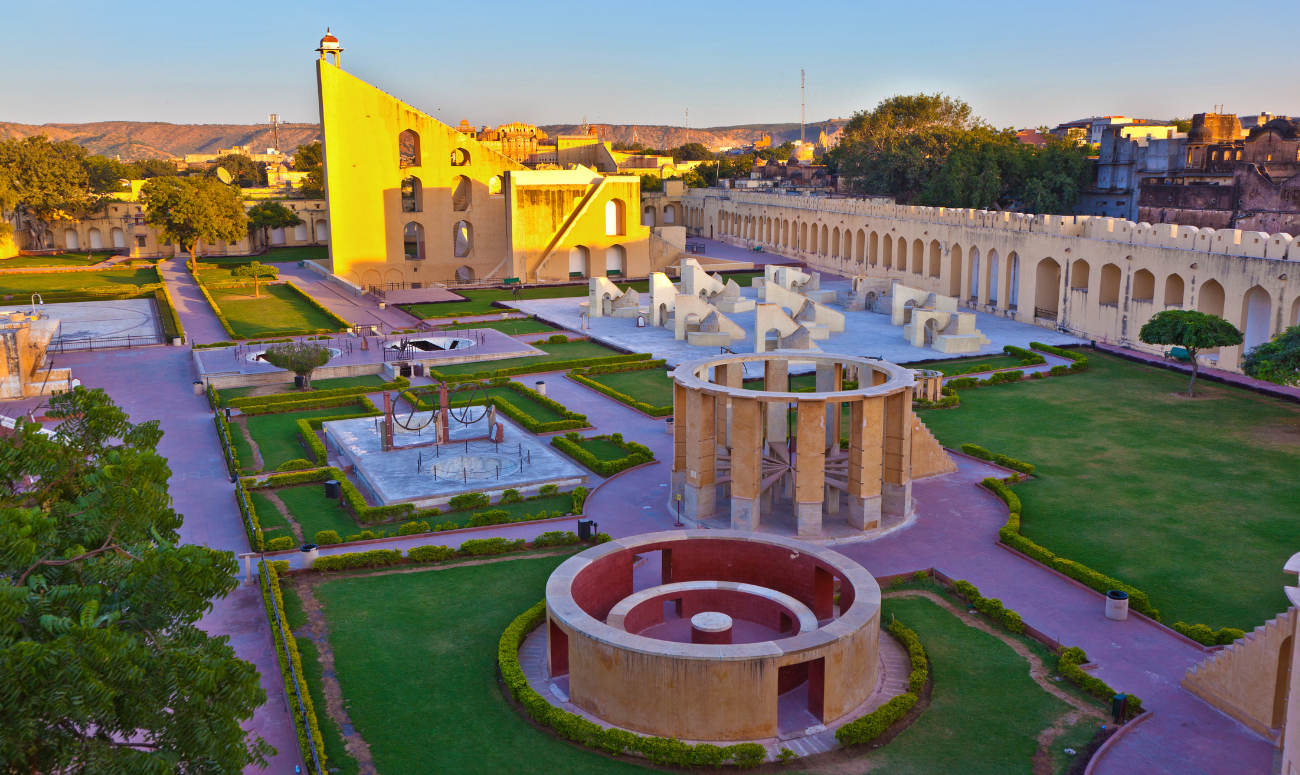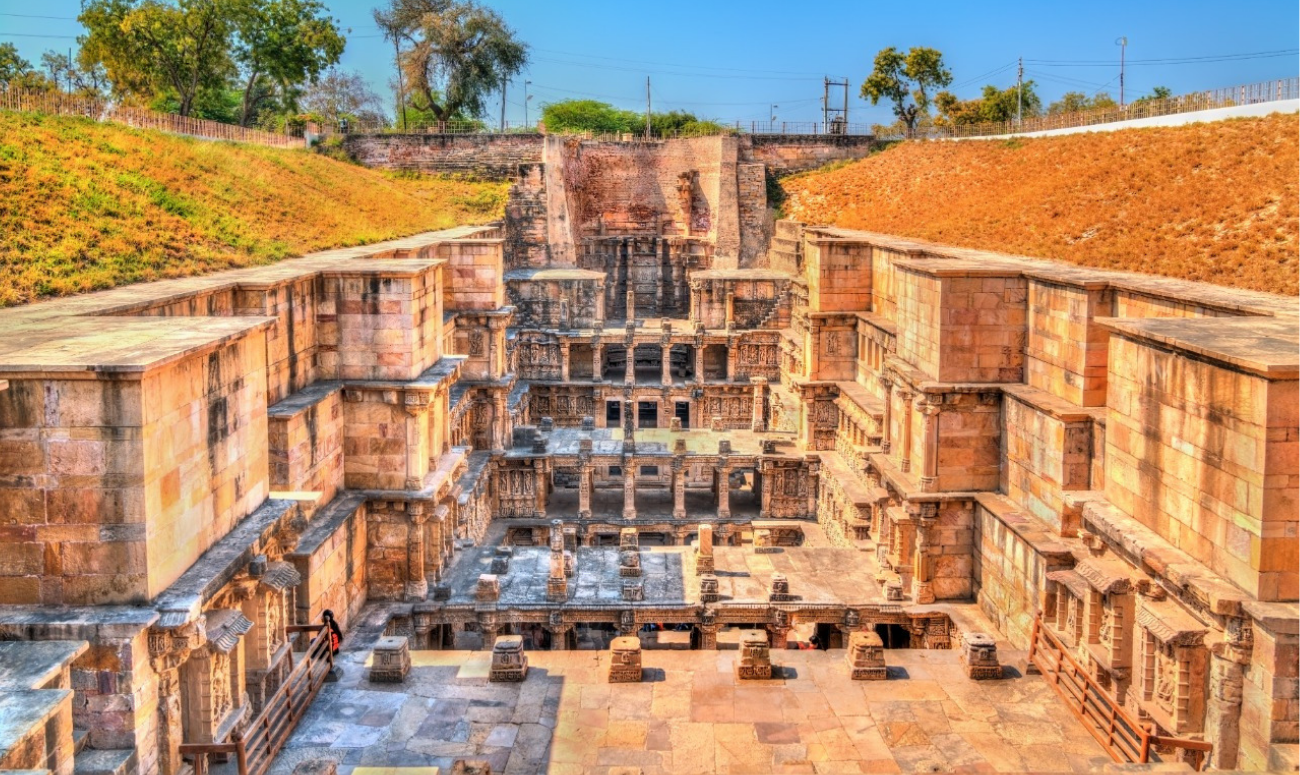India has a dynamic history and culture, spanning back to the beginning of human civilization. Starting with the Indus Valley civilization, over the years it has been witness to constant integration of migrating people with diverse cultures. Today India has emerged as a land with a myriad of hues that can boast of a rich cultural heritage. According to UNESCO, India is home to 36 world Heritage Sites, making it a matter of immense pride for the nation.
A few of these World Heritage Sites in India:
Agra Fort:
Built in the 16th century, this Mughal Monument has been the imperial home to many a Mughal ruler and is also known as the Red Fort in Agra.
Nalanda:
Located in Bihar, this site holds the archaeological remains of the world’s largest institution of its times. Nalanda testifies to the development of Buddhism as a religion and to the flourishing of monastic and educational traditions.
Rock Shelters of Bhimbetka:
These are situated in the foothills of the Vindhya Mountains, dating back to the Mesolithic Period, represent the cultural traditions of the 21 villages adjacent to the site in the rock paintings.
Qutub Minar:
Constructed in the 13th century in Delhi, this red sandstone minar stands proudly even today.
Taj Mahal:
One of the most admired masterpieces in the world, the Taj Mahal is simply a white mausoleum built in Agra, between 1631 and 1648. It depicts the love story of Mughal emperor, Shahjahaan, and his wife Mumtaz.
Chatrapati Shivaji Terminus:
Formerly known as Victoria Terminus, this is an outstanding example of Victorian Gothic Revival architecture blended with the Indian tradition, in Mumbai.
Elephanta Caves:
The ‘City of Caves’ contains a collection of rock art linked to Lord Shiva.
Ellora Caves:
Comprising of 34 monasteries and temples, this has a sequence of monuments dating from AD 600 to 1000, bringing the civilizations of ancient India to life
Fatehpur Sikri:
Built in the 16th century, this walled city near Agra boasts of complex monuments and temples, all in a uniform architectural style.
Hampi:
The austere, grandiose site of Hampi was the last capital of the Kingdom of Vijaynagar, won the admiration of various travellers.
Jantar Mantar:
An astronomical observation site built in the early 18th century
Khajuraho temples:
Built by the Chandelle dynasty between 950 and 1050 AD include Hindu and Jain temples
Konark Sun-temple:
On the shores of the Bay of Bengal, bathed in the rays of the rising sun, the temple at Konark represents the Sun God’s Chariot.
Rani-ki-Vav:
On the banks of the Saraswati river in Gujarat, this monument was built in the 11th century, highlighting the sanctity of water.
These heritage sites are our legacy from the past, what we live with today and what we pass on to our children. India’s rich cultural and natural heritage are both irreplaceable sources of life and inspiration.
Image: File Image
Also Read: BOOND-BOOND PANI: SAVING PONDS! SAVING BIODIVERSITY!
Like & Follow ThinkRight.me on Facebook and Instagram to stay connected.
